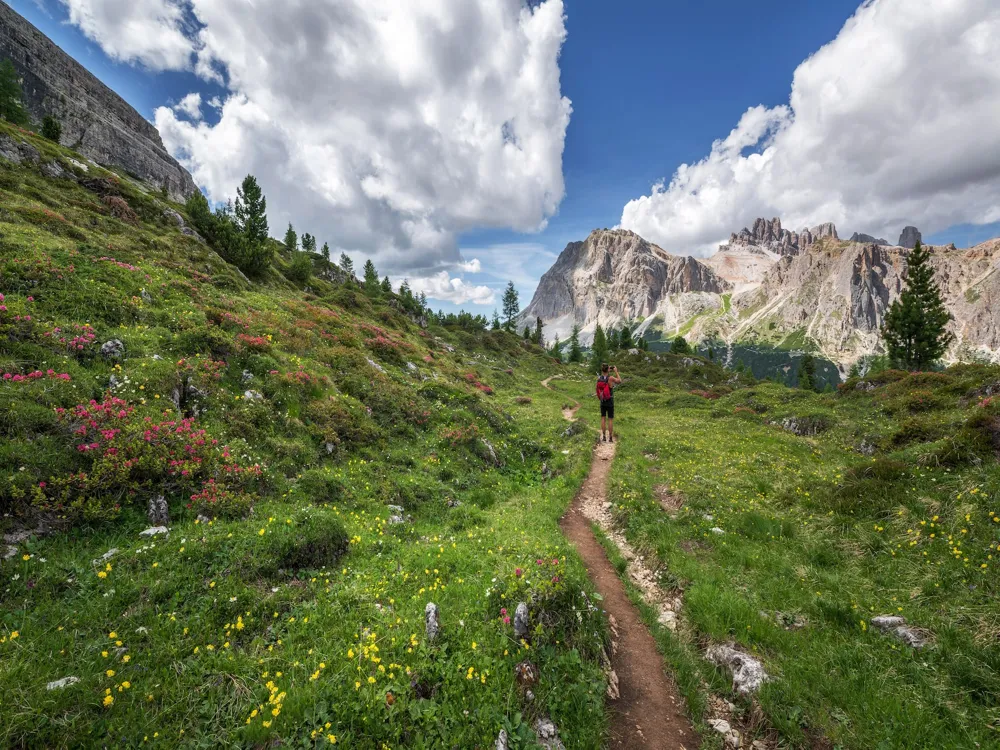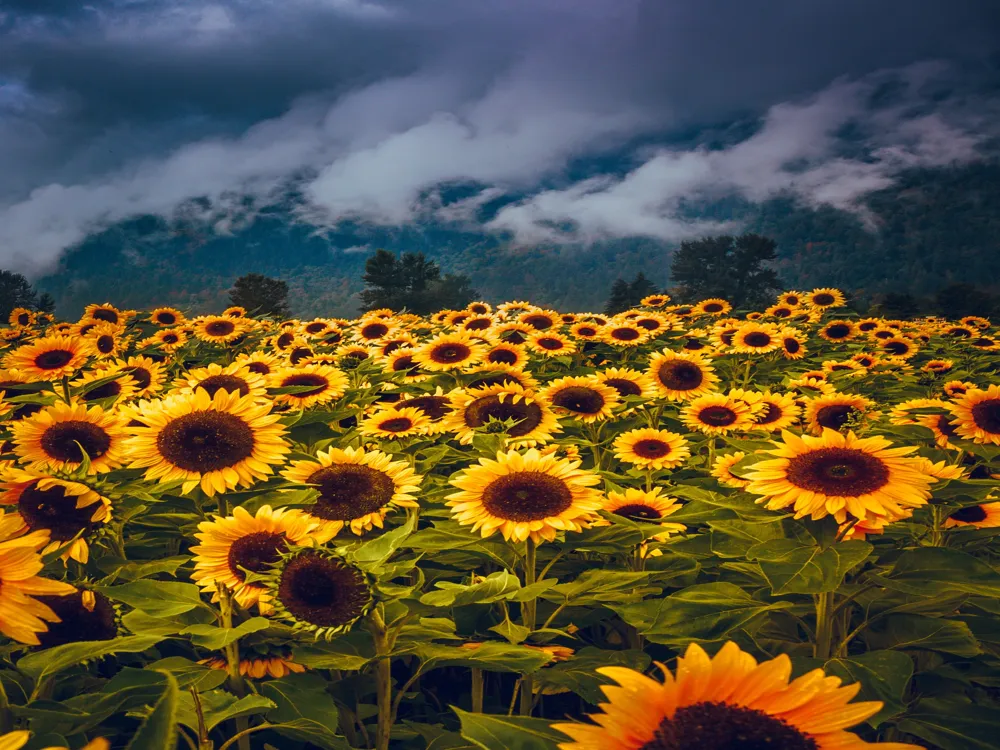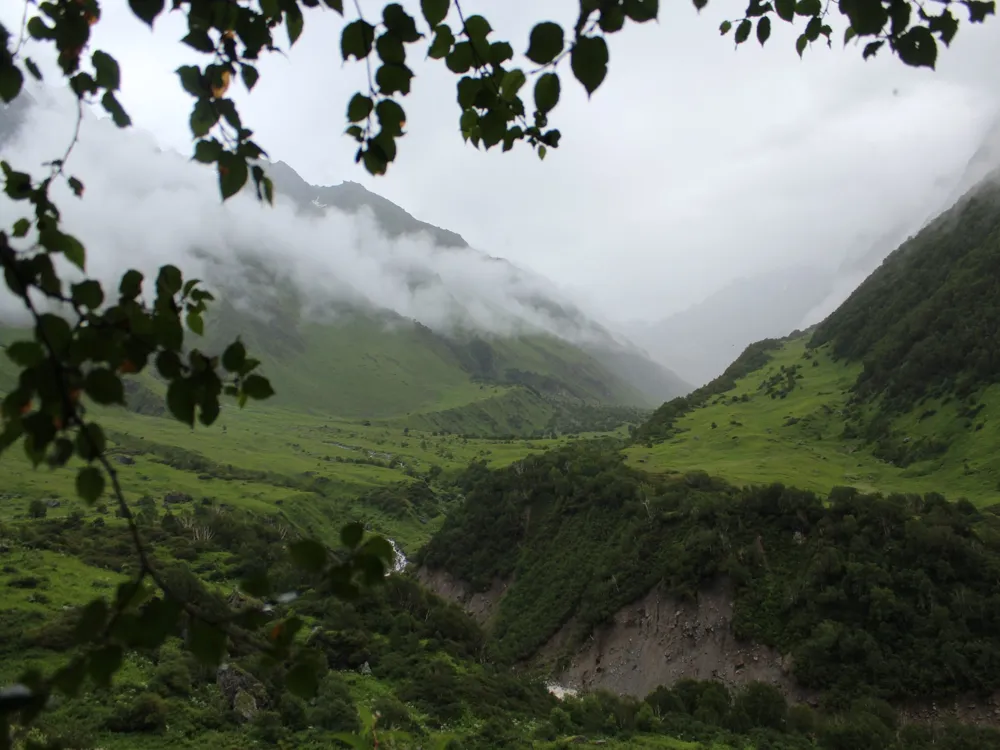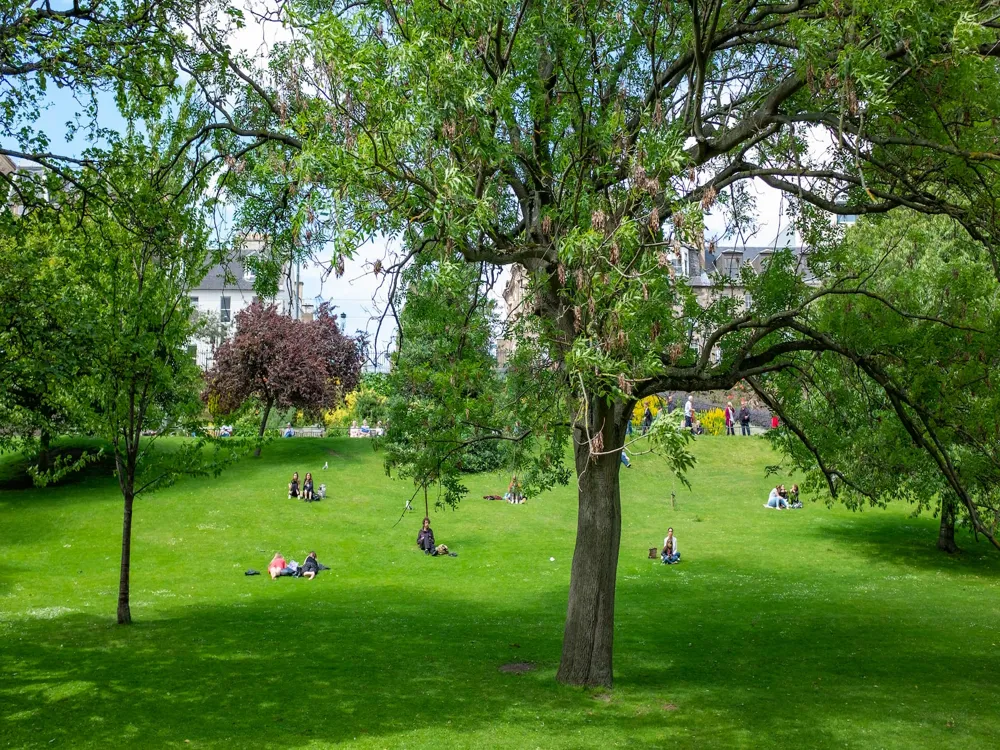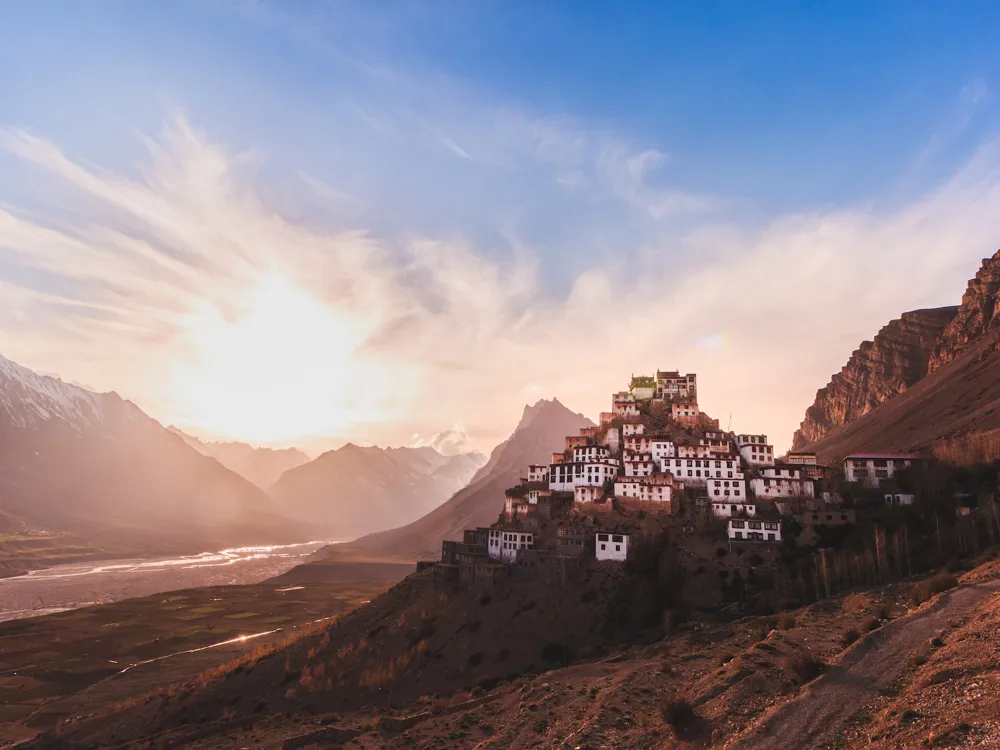Best Time to Visit Valley Of Flowers
Uttarakhand India
12 out of 57 Places to visit in Uttarakhand₹ 8,500 onwards View Packages
Get Customized PackagesThe Land of Diversity
Top Hotel Collections

Private Pool

Luxury Hotels

5-Star Hotels

Pet Friendly
What is the Best Time to Visit Valley Of Flowers?
Nestled in the breathtaking landscapes of the Indian Himalayas, the Valley of Flowers is a paradise waiting to be explored. To truly immerse yourself in the awe-inspiring beauty of this UNESCO World Heritage Site, timing is key. The best time to visit the Valley of Flowers is undoubtedly during its peak season, which spans from July to September.
More about Best Time to Travel to Valley Of Flowers
Travel Peak Season in Valley Of Flowers
July to September marks the zenith of vibrancy in the Valley of Flowers. During this period, the valley transforms into a kaleidoscope of colors as a myriad of alpine flowers bloom, creating a visual spectacle like no other. The weather is mild, and the trails are at their most accessible, making it an ideal time for both novice and seasoned trekkers to embark on this enchanting journey.
Travel Offseason in Valley Of Flowers
While the peak season showcases the valley in all its floral glory, the offseason, from October to June, presents a different but equally captivating experience. During this time, the Valley of Flowers is blanketed in pristine snow, offering a serene and tranquil atmosphere. For those seeking solitude and a unique perspective, the offseason provides an opportunity to witness the valley in its dormant yet magical state.
Valley Of Flowers Travel Packages
View All Packages For Valley Of Flowers
Valley Of Flowers in Shoulder Season
The shoulder seasons, encompassing the transitional months of June and October, unveil a dynamic landscape. In June, the snow begins to recede, revealing the first glimpses of the blooming flowers. October, on the other hand, witnesses the valley's gradual transformation into a winter wonderland. These shoulder seasons offer a delicate balance between the exuberance of peak season and the tranquility of the offseason.
Valley Of Flowers in Hot Season
The hot season, spanning from May to June, initiates the awakening of the valley from its winter slumber. During these months, the temperatures rise, and the snow starts melting, giving rise to a burst of colorful blossoms. It's an ideal time for those who prefer milder weather and want to witness the gradual unfolding of the valley's natural splendors.
Valley Of Flowers in Rainy Season
July and August bring monsoon showers to the Valley of Flowers, infusing life into the ecosystem. While the occasional rain may pose a challenge, the lush greenery and the blooming flowers create a magical ambiance. For the adventurous souls equipped with rain gear, this season offers a unique opportunity to witness the valley in a different light, quite literally.
Valley Of Flowers in Cool Season
As autumn sets in, the cool season from September to November marks a period of transition. The temperatures drop, and the flora undergoes a gradual transformation. While some flowers continue to bloom, others gracefully bow out. This transitional phase provides a nuanced experience, blending the vibrancy of the peak season with the serenity of the offseason.
In conclusion, determining the best time to visit the Valley of Flowers depends on your preferences and the experience you seek. Whether you crave the vivid hues of the peak season or the tranquility of the offseason, each period has its own unique charm. So, gear up for an unforgettable journey through this floral haven, where nature unfolds its beauty in a mesmerizing dance of colors.
Places To Visit In Valley Of Flowers
View All Places To Visit In Valley of FlowersNearby Places Valley Of Flowers
Valley Of Flowers Photos
View All Photos For Valley Of FlowersBrowse Package Collections
Browse Hotel Collections
Faq
Q: What is the best time to visit the Valley of Flowers?
A: The Valley of Flowers is best visited during the months of July to September when the region experiences its full bloom of vibrant flowers.
Q: Why is July to September considered the ideal time for a visit?
A: During these months, the snow has melted, and the valley is covered in a carpet of diverse wildflowers, creating a picturesque landscape.
Q: Are there any specific months within the recommended period that stand out for a visit?
A: Mid-July to mid-August is often considered the peak blooming period when the valley is at its most colorful and breathtaking state.
Q: What weather conditions can be expected during the recommended months?
A: The weather is generally pleasant during July to September, with daytime temperatures ranging from 15°C to 20°C. However, it's advisable to be prepared for sudden changes in weather.
Q: Are there any months to avoid visiting the Valley of Flowers?
A: The valley is inaccessible and closed to visitors during the winter months (October to June) due to heavy snowfall.

